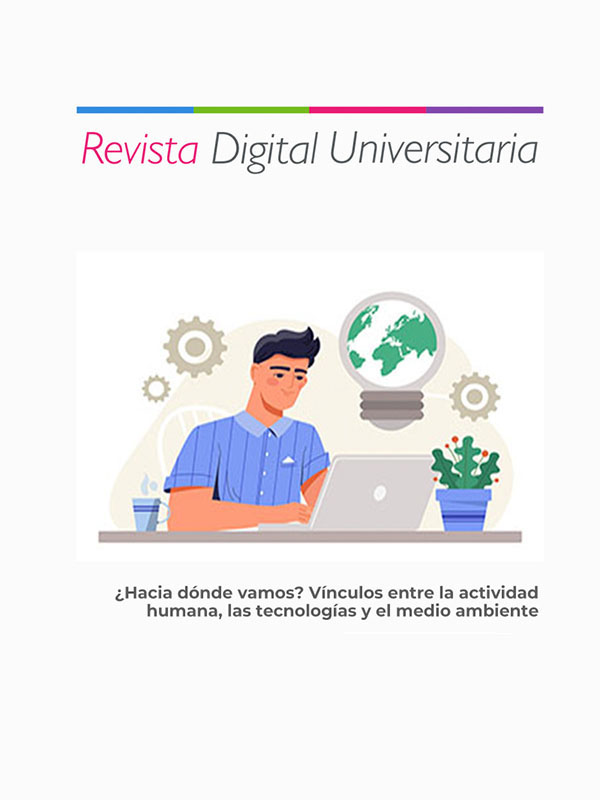Twitter: a pretext to investigate
DOI:
https://doi.org/10.22201/cuaieed.16076079e.2022.23.5.5Keywords:
social networks, science, biology, research, biodiversity, TwitterAbstract
The specialized information available on the web is diverse, immense, and dynamic. In this context, social networks have become a very efficient communication tool. Twitter is one of the most used platforms to generate, exchange and process information on biodiversity due to its versatility, friendliness, brevity, immediacy and efficiency. This digital ecosystem is free and gathers quality information generated by specialists and entities open to communication. In this text I briefly explain how it works, I share tips and ways of interacting; I present some examples of accounts, lists, labels; and other functions to access information on biodiversity in real time, to collect and save it. All this makes Twitter an ideal application for both research and higher education, because it contains rich, vast and up-to-date information, since it brings students, researchers and teachers closer together in an entertaining and interactive way, and because it is an infinite source of data, information and knowledge, which allows users to live the experience of conversations about real science, in addition to participating, interacting and being read. See you on Twitter!
References
Cheplygina, V., Hermans, F., Albers, C., Bielczyk, N., y Smeets, I. (2020). Ten simple rules for getting started on Twitter as a scientist. PLOS Computational Biology, 16(2), e1007513. https://doi.org/10.1371/journal.pcbi.1007513.
Codina, L. (2009). Ciencia 2.0: Redes sociales y aplicaciones en línea para académicos. Hipertext.net, (7). https://cutt.ly/gXPNiwX.
Dimensions. (s.f.). [Resultados de la búsqueda twitter]. Consultado el 29 de noviembre de 2021 de https://cutt.ly/2XPNxny.
Hendler, J. (2003). Science and the Semantic Web. Science, 299(5606), 520-521. https://doi.org/10.1126/science.1078874.
James, S. (2020, April 15). Tips on Using Science Twitter During covid-19. PLOS SciComm. https://cutt.ly/RXP9toS.
PubMed. (2021). [Resultados de la búsquedaTtwitter]. Consultado el 29 de noviembre de 2021 de https://pubmed.ncbi.nlm.nih.gov/?term=twitter&size=200.
Quintana, D. S. (2020). Twitter for Scientist. https://doi.org/10.5281/zenodo.3707741.
Wikipedia. (2021, 19 de noviembre). Twitter. Consultado el 7 de junio de 2022 de https://es.wikipedia.org/w/index.php?title=Twitter&oldid=139830040.
Wetsman, N. (2020). How Twitter is changing medical research. Nature Medicine, 26(1), 11–13. https://doi.org/10.1038/s41591-019-0697-7.
Published
Issue
Section
License

This work is licensed under a Creative Commons Attribution-NonCommercial-ShareAlike 4.0 International License.

Revista Digital Universitaria es editada por la Universidad Nacional Autónoma de México se distribuye bajo una Licencia Creative Commons Atribución-NoComercial 4.0 Internacional. Basada en una obra en http://revista.unam.mx/.










